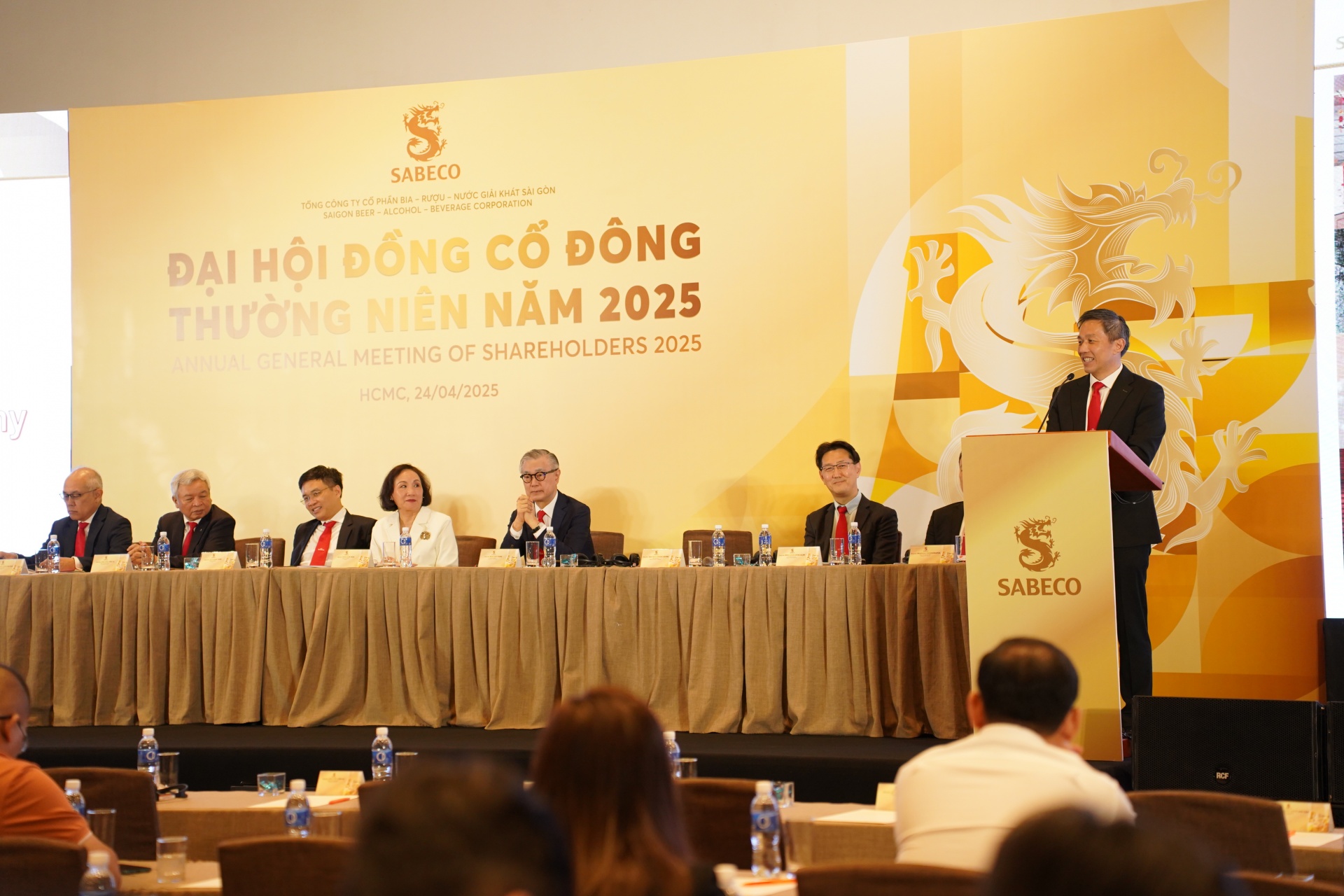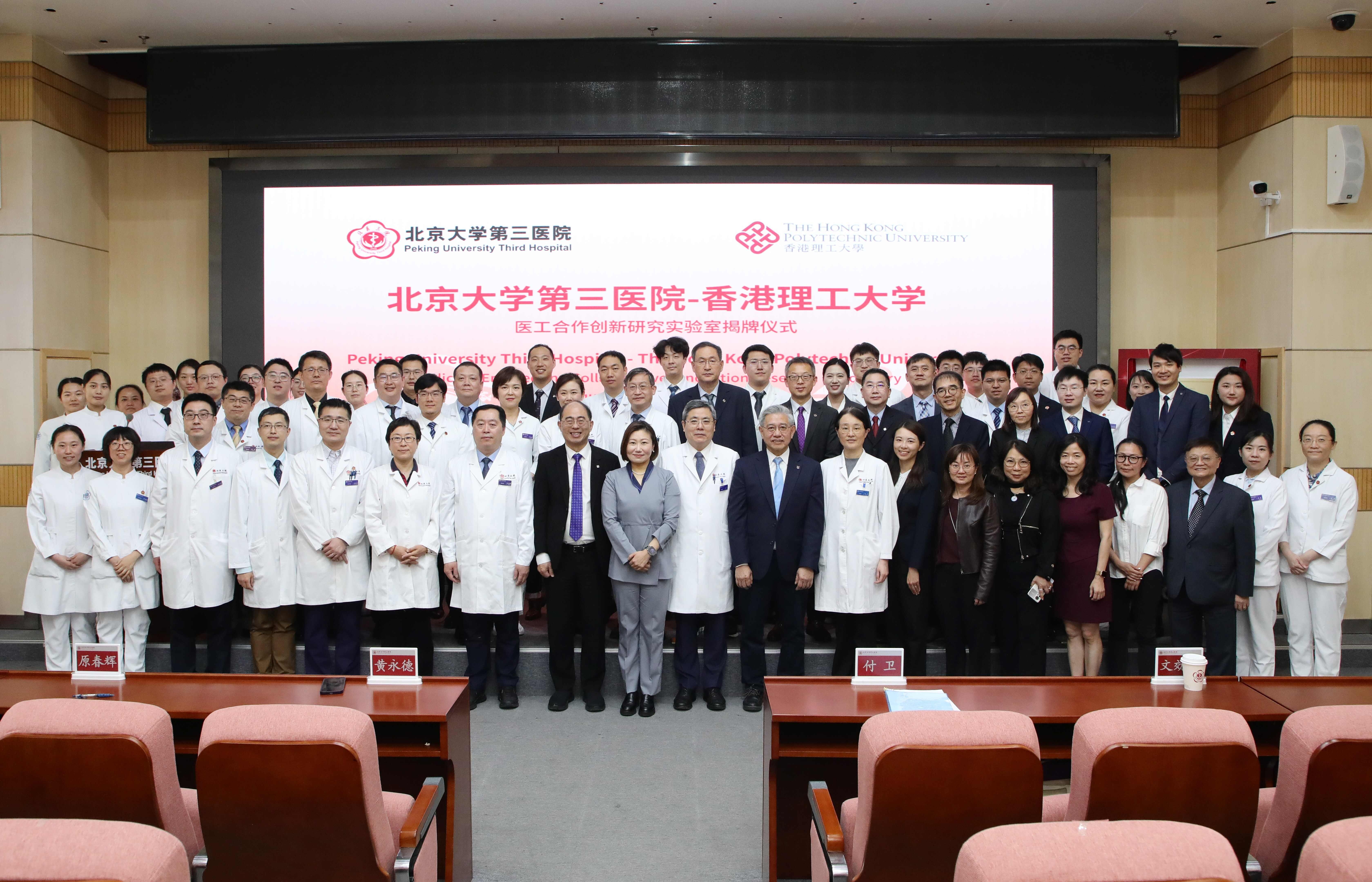Honeywell unveils the power of the connected aircraft at Aircraft Interiors Expo 2017
 |
Honeywell (NYSE: HON) will be at the Aircraft Interiors Expo to showcase how connectivity impacts the aerospace industry well beyond passengers and the cabin. With thousands of its products on aircraft around the world, and more than 100 years of experience providing satellite communications, mechanics, engines, cockpit technology and more to the aerospace industry, Honeywell is well-positioned to lead the aerospace industry’s Connected Aircraft evolution. The company’s vast connectivity products and service offerings are opening up real-time data utilisation in new ways — fueling an aggressive shift of the aviation industry into the digital age.
“The aerospace industry is going through a monumental shift right now. Access to high-speed connectivity brought a revolution for passengers and their experience on a plane, but that’s just the tip of the iceberg,” said Kristin Slyker, vice president of the Connected Aircraft business at Honeywell Aerospace. “At Honeywell, we know the ultimate impact from connectivity will be felt beyond the cabin, unlocking critical data like weather information, engine usage, maintenance reporting and more that can be better shared and analysed to help airlines improve efficiency and reduce costs.”
From the cockpit to the cabin, Honeywell provides and is working on a unique suite of Connected Aircraft solutions for airlines, business jets, militaries, helicopters and enthusiast owners that spans satellite components and equipment to software and services. This broad product offering improves and, in some cases, redefines the flying experience.
Pilots now have more information about the flight environment than ever before. New technologies such as Honeywell’s GoDirect Weather Information Service with real-time weather updates, connected flight management systems, and other connected services deliver increased flight efficiency and improved flight planning while providing pilots with expanded situational awareness for better decision-making. GoDirect Weather Information Service may save airlines from $25,000 to $100,000 per aircraft annually through avoiding hazardous conditions, reducing delays and diversions, lowering anti-ice usage, and decreasing maintenance costs and downtime.
Before the aircraft lands, maintainers will be able to identify components that will require maintenance or replacement — and ensure spare parts are available and ready for installation when it touches down. Honeywell is improving predictive analysis by wirelessly connecting more mechanical systems. For example, capturing and analysing aircraft data on usage and wear will enable the connected auxiliary power units, environmental control systems, and wheels and brakes to be inspected more efficiently, undergo more rapid and streamlined maintenance processes, and realise lower costs.
Passengers now can benefit from truly global, high-speed inflight Wi-Fi. Enabled by the Honeywell JetWave satellite communications system, GX Aviation Ka-band service allows passengers to use their mobile devices while flying over land or oceans with speeds equivalent to their home and office. With 500 deliveries to date and nearly 1,000 upcoming, JetWave is taking in-flight Wi-Fi into the next generation.
Airlines can now improve operational efficiency as a result of better access to data. Real-time flight planning services help reduce flight time by up to 5 per cent while decreasing delays. Honeywell’s GoDirect Fuel Efficiency software collects data from airline IT systems to provide data analysis and reporting, identify operational savings opportunities, optimise fuel usage with as much as 5 per cent annual fuel savings, and drive reduced emissions.
The Connected Aircraft delivers safer, faster and more comfortable flights for passengers; reduces workload for pilots and maintainers; and reduces costs and increases ease of ownership for airlines.
What the stars mean:
★ Poor ★ ★ Promising ★★★ Good ★★★★ Very good ★★★★★ Exceptional
Latest News
More News
- Hainan’s Fresh Fish Gains Global Reach Through Signature Export Initiative (April 24, 2025 | 11:12)
- ACES Awards 2025 Opens Nominations to Celebrate Asia’s Corporate Trailblazers (April 24, 2025 | 10:51)
- CUHK Faculty of Arts Earns Global Recognition as Top Asian Humanities Hub (April 24, 2025 | 10:44)
- CDNetworks Helps Global Firms Enter Emerging Markets with Plug-and-Play Solutions (April 24, 2025 | 10:00)
- MHT advances its 'Back to Basics' strategy (April 23, 2025 | 17:44)
- Vietnam is shaping up for the next wave of mobile (April 23, 2025 | 16:45)
- Vietnamese and Japanese ministries discuss support policies for businesses (April 23, 2025 | 12:13)
- Vietnam’s family businesses at a crossroads amid digital and generational shifts (April 23, 2025 | 12:12)
- Vietnam’s Top Enterprises Invited to Join ACES Awards 2025 (April 23, 2025 | 10:59)
- WRISE Group Launches WRISE Capital to Expand Corporate Advisory Services (April 23, 2025 | 10:47)













 Mobile Version
Mobile Version